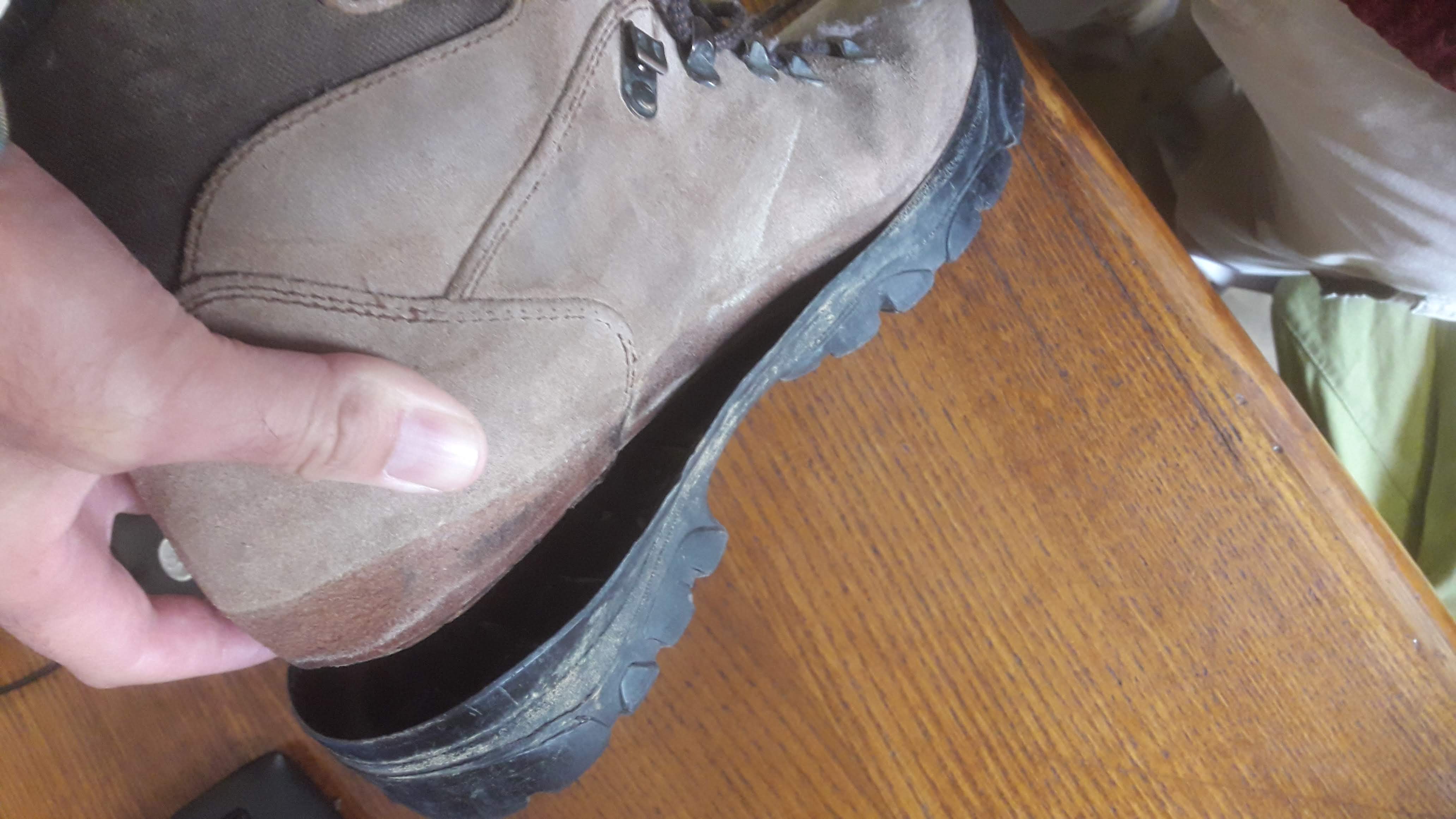The sole of my trekking boots got separated from the boot body. Since the boots would be otherwise usable - they are more than ten years old but without too much use - repairing them would be an option. In fact, the sole just needs to be glued again to the boot.
My question is whether such a reparation would be reasonably reliable, or if gluing soles to shoes (at a shoe repairer) is only worth for light use urban shoes?
Update
Just an update about how it ended.
After a couple of years, I decided to take the boot to a local cobbler. He warned me that the glue was expired and the other boot was likely to fail the same way.
I had one boot glued and the first test walk proved the cobbler right: the other boot sole unglued itself after a few kilometres.
In the few months after having the other boot glued I've done some walks (I guess total over 100 km) and the soles are still fine.
It was a bit more expensive than I expected (about 12 euros each boot) but that may be about 20% of the cost of an equivalent pair, and I expect more than 20% of the lifetime of the boots to still remain, so the repair will be profitable. Furthermore, I like to have gotten my old boots back.
In summary, until now, gluing back at a cobbler seems reliable (I'll update again if the boots fail again), and the cost is way less than the cost of a pair of boots but it's not negligible, so it may not be worth repairing if other parts of the boots are also nearing the end of its service life.

